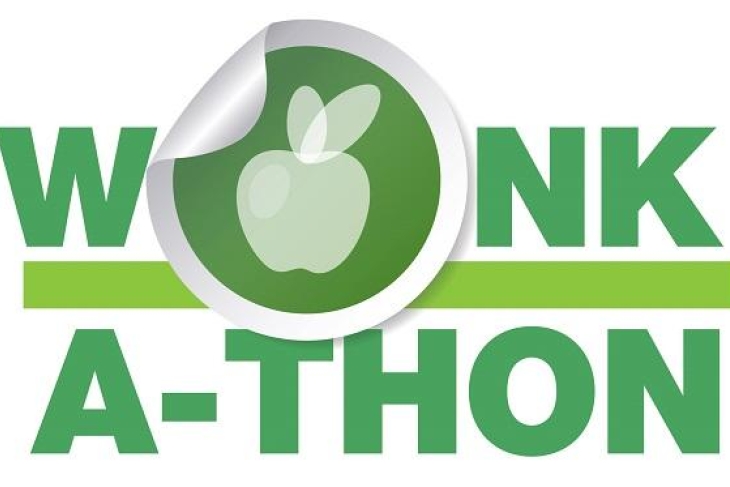Editor's note: This post is a submission to Fordham's 2018 Wonkathon. We asked assorted education policy experts whether our graduation requirements need to change, in light of diploma scandals in D.C., Maryland, and elsewhere. Other entries can be found here.
A high school diploma should be more than just a piece of paper. It’s a promise we make to our children: Put in the hard work to earn one, and you’ll be on the path to achieve your goals in life. By that standard, we in public education are lying to hundreds of thousands of students every year.
The problem extends far beyond the handful of cities accused of manipulating their graduation rates. Nationwide, fewer than half of all high school graduates are prepared to earn even a “C” in their college courses, based on SAT and ACT data. About 40 percent of those who enroll in college are placed in remedial classes, where they spend time and money learning skills they were told they’d already mastered. And most who take a remedial class won’t go on to earn a degree.
Graduates who opt for a career straight out of high school aren’t faring much better. Most employers report that high school graduates enter their roles “deficient” in the skills they need to do their jobs well.
In other words, you could walk into any high school in the country, and the odds are you’ll find at least some students on track to earning diplomas that aren’t worth the paper they’re printed on. That’s the problem we need to solve: How can we ensure students are finishing high school on track to meet their life goals?
We could make a Common Core–style push to move from the current hodgepodge of state graduation requirements to one set of national standards. I personally think that would be good policy, but politically it’s a pipe dream. And graduation standards will always have a difficult time accounting for the full range of students’ aspirations—for example, careers that don’t require a four-year college degree but require a specific kind of postsecondary certification or training.
So here’s a better and more realistic idea: Instead of diving right into tinkering with graduation requirements, let’s focus on explaining students’ progress against those requirements in a way that’s more transparent and relevant to them and their families. That means actually asking students what they want to do after high school, and providing easy-to-understand updates on their progress toward their life goals—not just when they graduate, but throughout their K–12 career.
Here’s how it could work. Beginning in elementary school, schools should ask students and their families about their postsecondary goals, and track the answers just as they would grades or other important academic information. This should happen at least once a year—through some combination of a survey and parent-teacher conferences—because students’ goals will evolve over time. And schools should use this process as an opportunity not just to passively collect information, but to encourage students to set truly ambitious goals for themselves.
Once schools know what students want to do after high school, report cards at every level could include a narrative section that clearly explains whether students are on track to meet their goals (not just graduation standards). And when students graduate from high school, their diplomas should come with a report that clearly explains whether they are ready to take the next step toward their career goals. For example, is the student ready to be successful in a four-year college or not? States and districts should track these assessments and should be willing to stand behind them, especially if they are checked against graduates’ actual post-secondary success.
Connecting diplomas more explicitly to students’ life goals would provide students with more honest, useful information about their academic progress. Notably, schools would need to make much more accurate assessments of college readiness because most students’ goals include attending college.
This system would also provide policymakers and researchers with access to a wealth of new data about students’ life goals, and how many graduated on track to meet them. They could supplement these data by following students after graduation—for example, to see how many students certified as “college ready” actually earned credit in their freshman courses or went on to earn a degree. That would open up new, more meaningful accountability measures for schools and school systems focused on what percentage of students (overall and by subgroups) go on to achieve their college or career goals. And it could lead to a more thoughtful conversation about changes to graduation standards, based on a clearer picture of how current standards connect to students’ lives after high school.
Most importantly, this new view of diplomas would create powerful incentives for schools to reorient all their policies and practices around understanding and helping students meet their life goals. Instead of expecting students to adapt to the current one-size-fits all approach to school if they want to succeed, we’d start expecting schools to craft education programs for every student that acknowledge their potential and honor their aspirations. And we’d ultimately judge school systems not on how many of their students earn a paper credential, but on how many actually reach their goals after high school.
You might assume this is how schools already operate, but think about it: If you’re a parent, when’s the last time a teacher or principal asked about your hopes and dreams for your child after high school? When’s the last time anybody asked your child? I think the key to many of the challenges we face in public education today lies in asking those questions, listening, and making the answers our collective North Star. Applying that principle to high school diplomas seems like as good a place to start as any.

